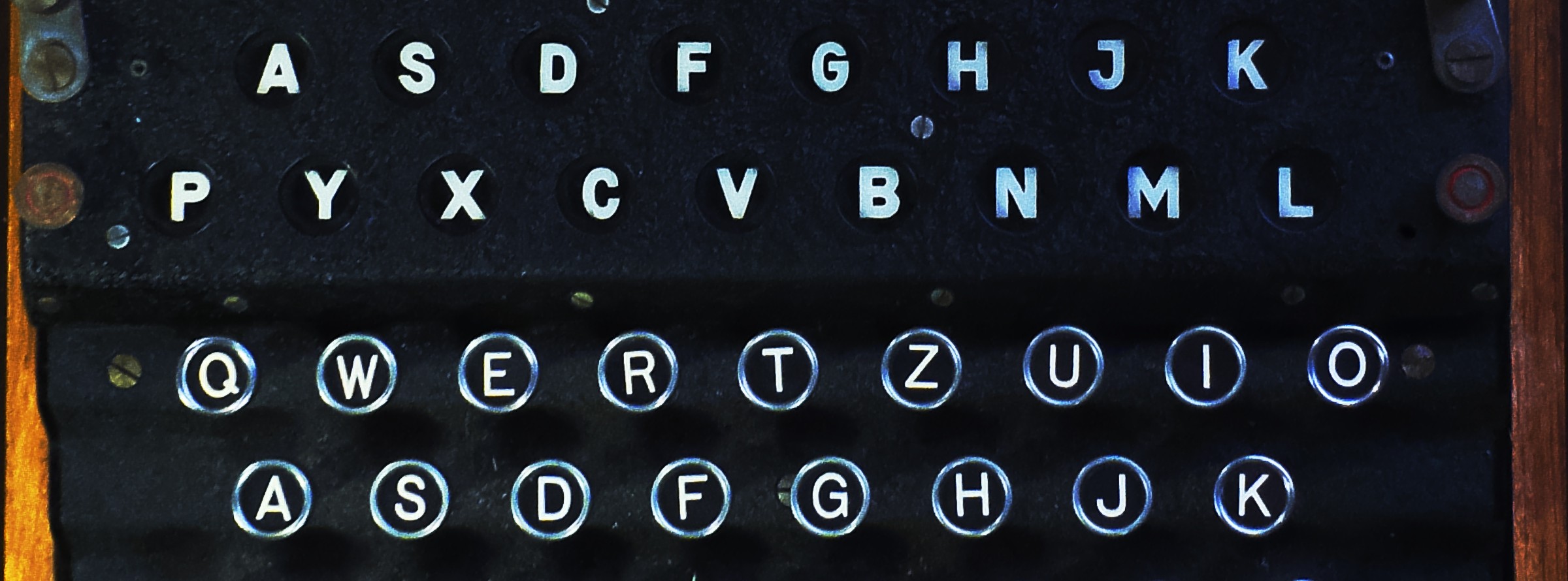Visitors to the Village of West Firle sometimes wonder where the modern world has gone. By-passed since the 1970s by the South Coast Trunk Road, less poetically known as the A27, the four quiet streets of this green and leafy English settlement appear, at first sight, to have received little development since the time of World War II. Cricket has been played here since 1725, and Virginia Woolf led the Bloomsbury Group to nearby Charleston in the early 20th century.
Whilst it is true that the village pub, The Ram, has been offering board and food to travellers for over five hundred years, and St Peter’s Church has stood in forms traceable to the modern day since the 13th century, Firle today is home to a thoroughly modern, mixed community of ages, professions and interests.
The newcomer to Firle quickly discovers that a certain English tradition is alive and well, for it is a preserved Manorial village, where the management of the estate owners, the Gage family, still oversees the village’s infrastructure. However, there seems to be no small queue of people waiting their place on “the list” in the Estate Office, as homes occasionally become available for new residents.
Firle contains a thoroughly modern and much-acclaimed small brewery, Burning Sky, whose ales are well-kept at The Ram, and may also be sampled from the bar at Celebrating Bletchley Park.
To earn their refreshment, walkers in this region have long enjoyed the network of ancient paths and roadways that meet in the village, on their historic lines over the South Downs from coast to plain. They sometimes follow an almost overgrown level path such as the old coaching road from Brighton to Alfriston, or they might trace the shape of the old sheep paths: sometimes in the open air, sometimes skirting untouched woodlands, reaching the heights of Firle Beacon. On this distinctive hilltop overlooking the village, bonfires are still lit to commemorate coronations, jubilees and similar festivals. In the shadow of the Beacon, other bonfires are raucously and joyfully lit every November after massed, costumed processions through the village of Firle in the great tradition of Sussex Bonfire, even older than the Gunpowder Plot.
Warring churches were at the heart of this event’s genesis but, in St Peter’s churchyard today, the visitor is greeted with a colourful peace by the hundreds of ribbons tied to the Tree of Thanks that watches over the graves. Inside, the Vicar‘s policy of keeping the church open every day allows lengthy, untroubled admiration of the passing of the ages in the building’s architecture, and appreciation even of its most modern artefacts under the 13th century chancel and tower. In the small Gage chapel, the striking stained-glass window is a design of John Piper, and was placed there in 1985.
Firle Place, the country house in whose grounds the Riding School stands, re-opens for public viewing on Sunday 30th May, 2016; and is thereafter open Sunday to Thursday, 2.00–4.30pm until September 2016. Its art and other treasures are well worth a visit.







